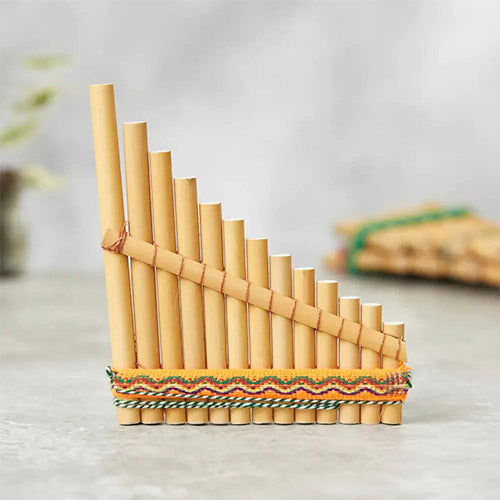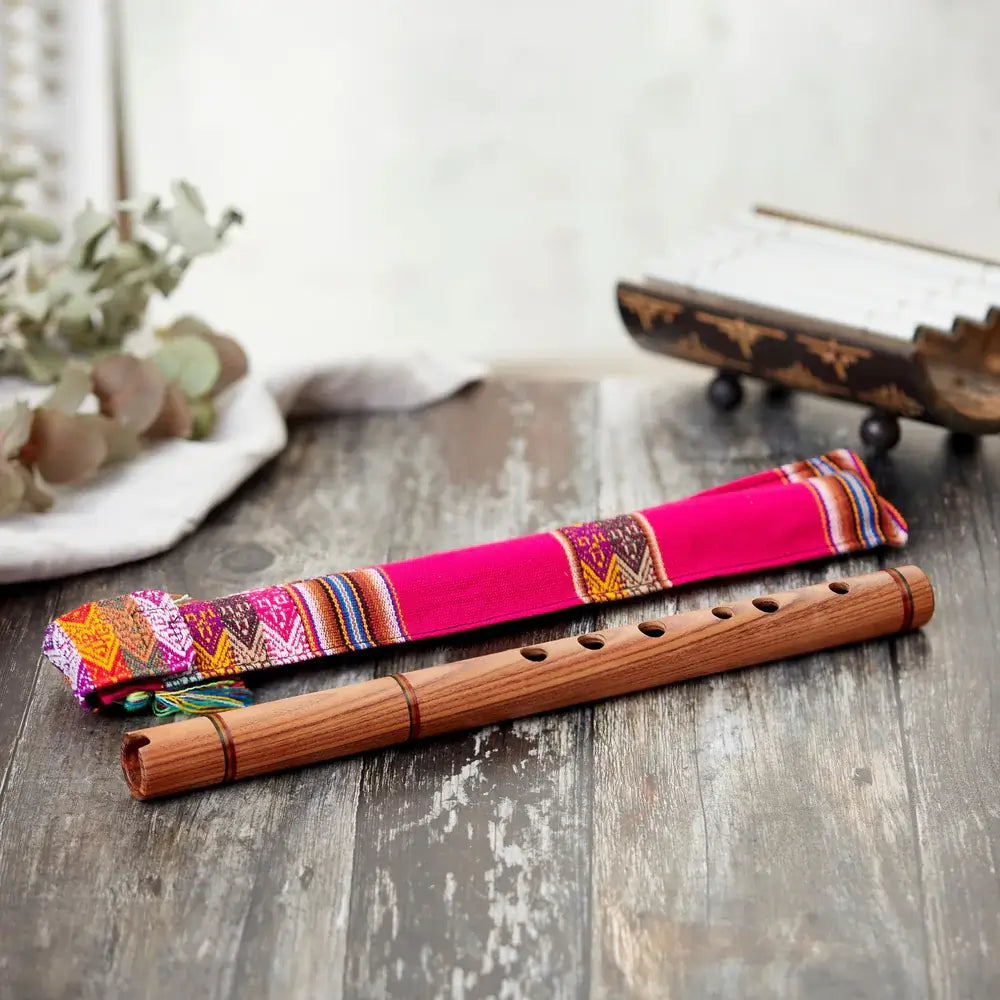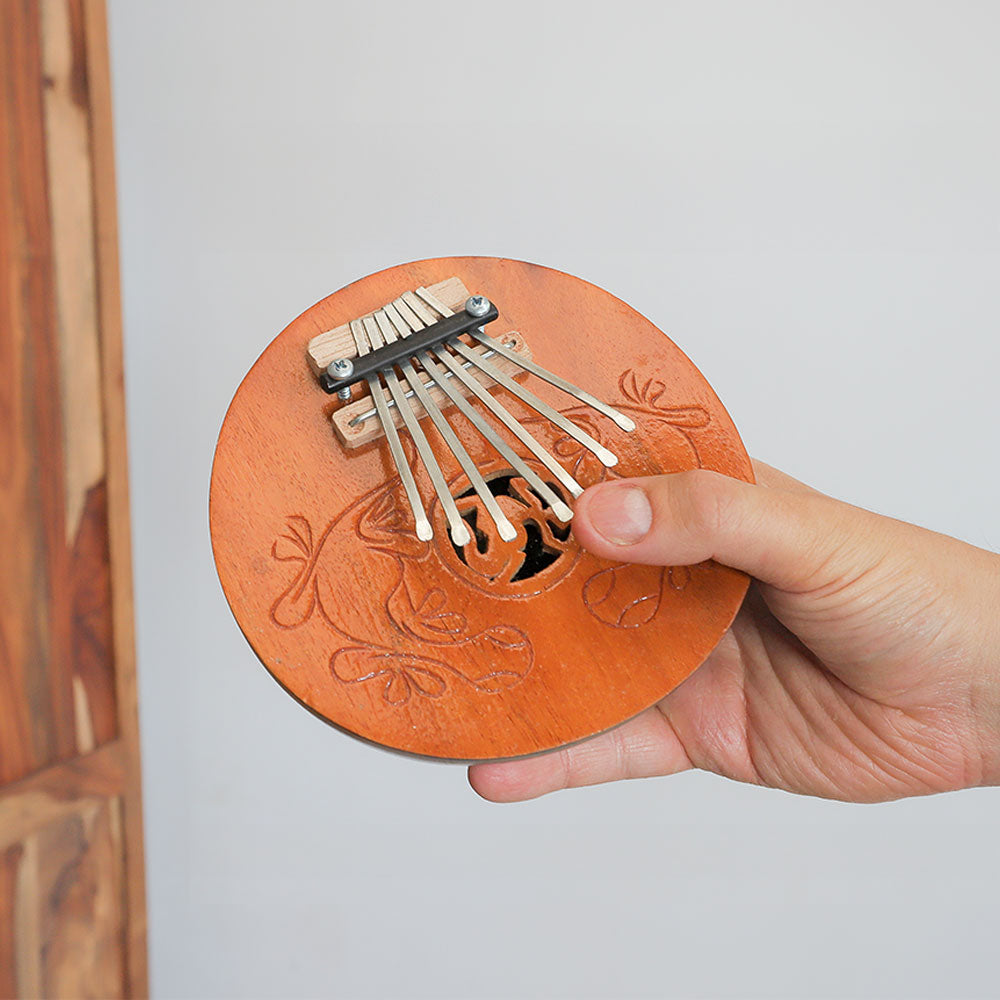In this blog post we are going to explore how to play the damaru and are going to be learning about its history, the construction of it, the positioning, techniques for beginners and more. The damaru originated as a ritual instrument used in the spiritual practices of Hindu deities, most notably Lord Shiva, the Destroyer and Transformer in the Hindu Trimurti. Before we go into the technical details about how to play we are going to explore where to buy a damaru in case you havent got one.
Where to buy a Damaru?
The traditional Indian damaru is one of the most popular percussion instruments that we sell, it is loved for its beautiful hand painted designs and unique sound. The striped damaru is the perfect piece to add to your percussion collection. Order a Damaru Today.
Understanding the Parts of the Damaru

The dmaaru is a simple musical instrument that is made up of a few parts, it typically has a wooden frame that is in the shape of an hourglass. The shape makes it great for sound projects. It has two drumheads, one on the bottom and one on the top. This can be made from synthetical materials or animal skins that are stretched over the openings.
The tension is responsible for the damarus tone. Different size damarus will produce a different sound but typically the damaru is supposed to be smaller than other indian drums like the dholak. Attached to the damaru is a string or rope that has two beads attached, these beads knock into the drum heads to produce the sound.
Hand Positioning
To play the damaru, start by grasping its body with your non-dominant hand, holding it vertically with the cord facing you. Position the beaters in each hand, using your thumbs and index fingers for grip while wrapping your remaining fingers around them for stability and control.
Essential Techniques for Playing the Damaru

Once you know how to hold the damaru, twist your wrist and aim for clear sounds by allowing the bead to hit the drum head. Experiment with different amounts of power and vary the angles to explore the various tones that you can produce. Whilst playing you will need to develop your rhythm and timing so that you can produce a consistent sound. Other techniques include damping the sound by gently pressing your fingers or palm slightly on the head.
Resources for Further Learning and Practice
[Book Cover Art Coming Soon]
If you want to expand your damaru knowledge and want to improve your playing skills, you will find valuable diagrams, playing tips, and Indian percussion patterns in our damaru ebook for beginners. Combining the book with daily practice and experimentation will give you everything that you need to making great music with this instrument.
[Book Coming Soon]








